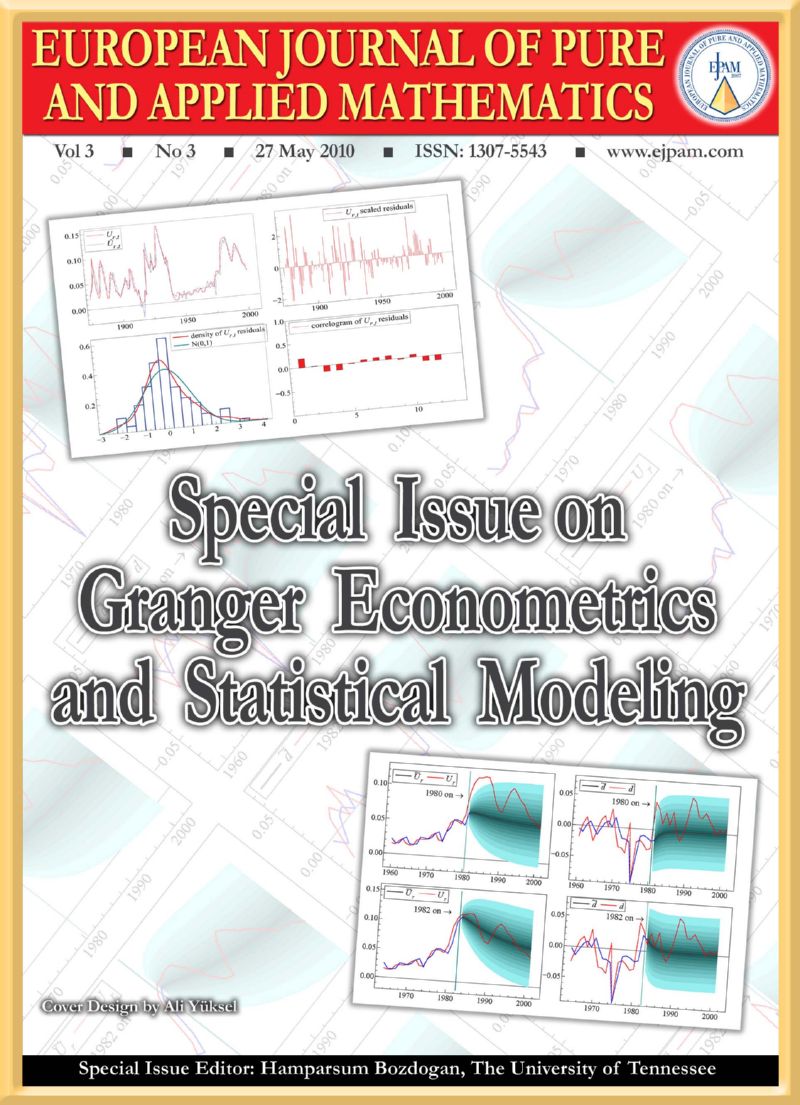Approximating Expectation Functionals for Financial Optimization
Keywords:
Approximating expectation, Lower bounds, Moment problems, Portfolio optimizationAbstract
Numerical evaluation of the expectation of a function of a random vector is often difficult because either the knowledge of the underlying probability distribution is not complete, or the probability space is continuous and each function evaluation is expensive. Such difficulties often arise in financial optimization where a risk measure is expressed as an expectation functional of random (asset) returns. Not only does the latter expectation depends on investment positions created in the underlying assets, but also it requires the solution of a mathematical program. First, the basic results from generalized moment problems are presented to establish tightness properties of approximations. Then, first and second moment approximations are presented for the expectation. These results are applied within a financial optimization problem to illustrate the efficiency of the approximations for determining optimal positions in a portfolio of the Standard and Poors 100 stocks.
Downloads
Issue
Section
License
Upon acceptance of an article by the European Journal of Pure and Applied Mathematics, the author(s) retain the copyright to the article. However, by submitting your work, you agree that the article will be published under the Creative Commons Attribution-NonCommercial 4.0 International License (CC BY-NC 4.0). This license allows others to copy, distribute, and adapt your work, provided proper attribution is given to the original author(s) and source. However, the work cannot be used for commercial purposes.
By agreeing to this statement, you acknowledge that:
- You retain full copyright over your work.
- The European Journal of Pure and Applied Mathematics will publish your work under the Creative Commons Attribution-NonCommercial 4.0 International License (CC BY-NC 4.0).
- This license allows others to use and share your work for non-commercial purposes, provided they give appropriate credit to the original author(s) and source.

